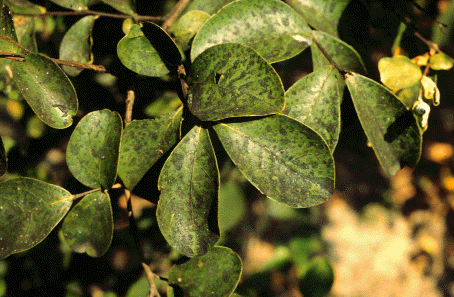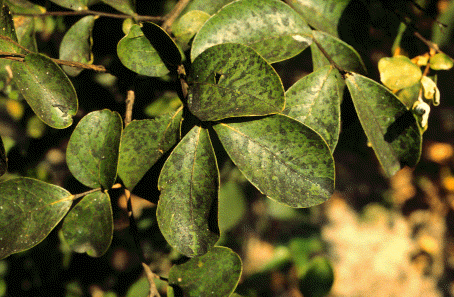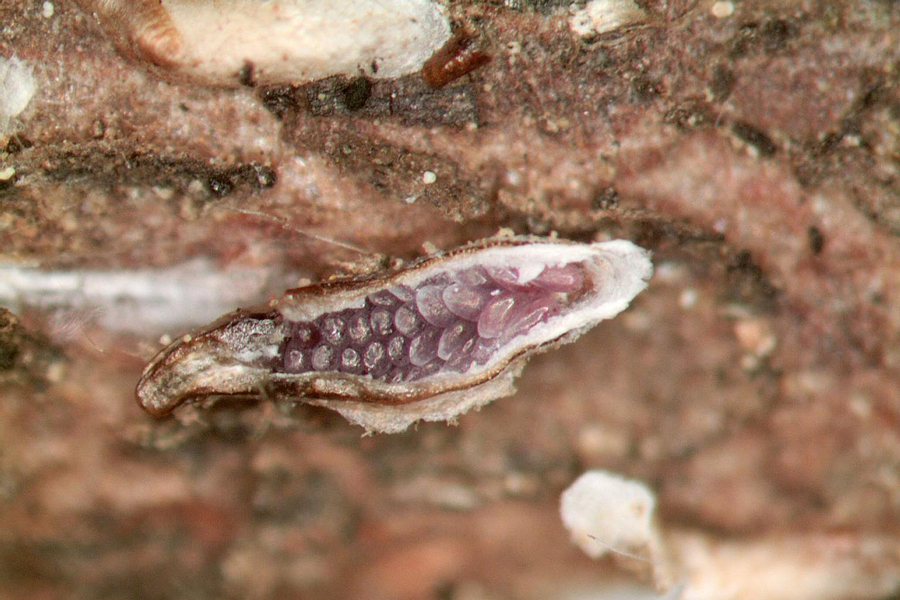I often get calls in the University of Georgia Cooperative Extension office from homeowners who ask, “What is this black stuff on the leaves of my crape myrtle and gardenia?” My answer is sooty mold.
Sooty mold is a secondary problem that is caused by an infestation of aphids, whiteflies or scale insects. It frequently develops on the foliage of many ornamental plants in the summer. It covers the top surface of leaves which reduces the photosynthetic process.
Sooty mold often goes unnoticed until a large number of leaves are covered with a black unsightly substance. It is not really a disease, but a black fungal coating on the leaves.
Insects can’t be far away
Sooty mold indicates an insect problem on the plant. The insects feeding on the plant excrete a sugary substance called honeydew. In the summer months when aphid or whitefly populations are high, plants may look like vegetable oil has been poured on them. This shiny substance is honeydew.
Summer rains help rinse this substance away and may even delay the onset of the sooty mold. However, if there is insufficient rain to rinse off the honeydew, it will stick to the leaves. Sooty mold fungus does not feed on plant tissue, but on the secretions from the insects that are feeding on the plant.
Aphids, scales, whiteflies and other sucking insects primarily cause sooty mold to form on plants like fig, crape myrtle, azaleas, tulip tree, oleander, and other ornamentals. The feeding of a large number of these insects and the coating of the sooty mold may lead to reduced vigor in the plant. These sucking pests take in large amounts of sap. Much of the water and sugars in the sap pass though the insect and onto the leaf.
Remove insects to control sooty mold
To control sooty mold, control the aphids, scales or other pests that are creating the honeydew. Aphids can often be washed off by a strong spray of water from a water hose. This may also remove some of the honeydew and sooty mold. Remaining sooty mold will eventually dry up and flake off the leaves.
To control heavy infestations of aphids, scales and mealy bugs, on ornamental plants, use acephate, imidacloprid, malathion or other recommended insecticides. Read and follow the pesticide label carefully.
Controlling insects will in turn prevent the eyesore sooty black mold from forming on plants in your landscape. Plan now to take action to prevent this issue from being a problem later in the season.





